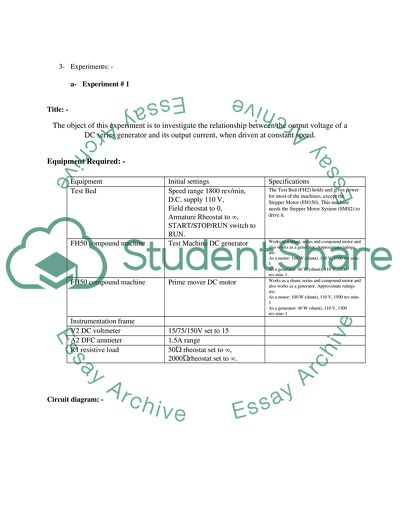Cite this document
(Operating Characteristics of DC-AC Three-Phase Generators and Motors Assignment, n.d.)
Operating Characteristics of DC-AC Three-Phase Generators and Motors Assignment. Retrieved from https://studentshare.org/engineering-and-construction/1573130-an-investigation-into-operating-characteristics-of-dc-ac-three-phase-generators-and-motors
Operating Characteristics of DC-AC Three-Phase Generators and Motors Assignment. Retrieved from https://studentshare.org/engineering-and-construction/1573130-an-investigation-into-operating-characteristics-of-dc-ac-three-phase-generators-and-motors
(Operating Characteristics of DC-AC Three-Phase Generators and Motors Assignment)
Operating Characteristics of DC-AC Three-Phase Generators and Motors Assignment. https://studentshare.org/engineering-and-construction/1573130-an-investigation-into-operating-characteristics-of-dc-ac-three-phase-generators-and-motors.
Operating Characteristics of DC-AC Three-Phase Generators and Motors Assignment. https://studentshare.org/engineering-and-construction/1573130-an-investigation-into-operating-characteristics-of-dc-ac-three-phase-generators-and-motors.
“Operating Characteristics of DC-AC Three-Phase Generators and Motors Assignment”. https://studentshare.org/engineering-and-construction/1573130-an-investigation-into-operating-characteristics-of-dc-ac-three-phase-generators-and-motors.


